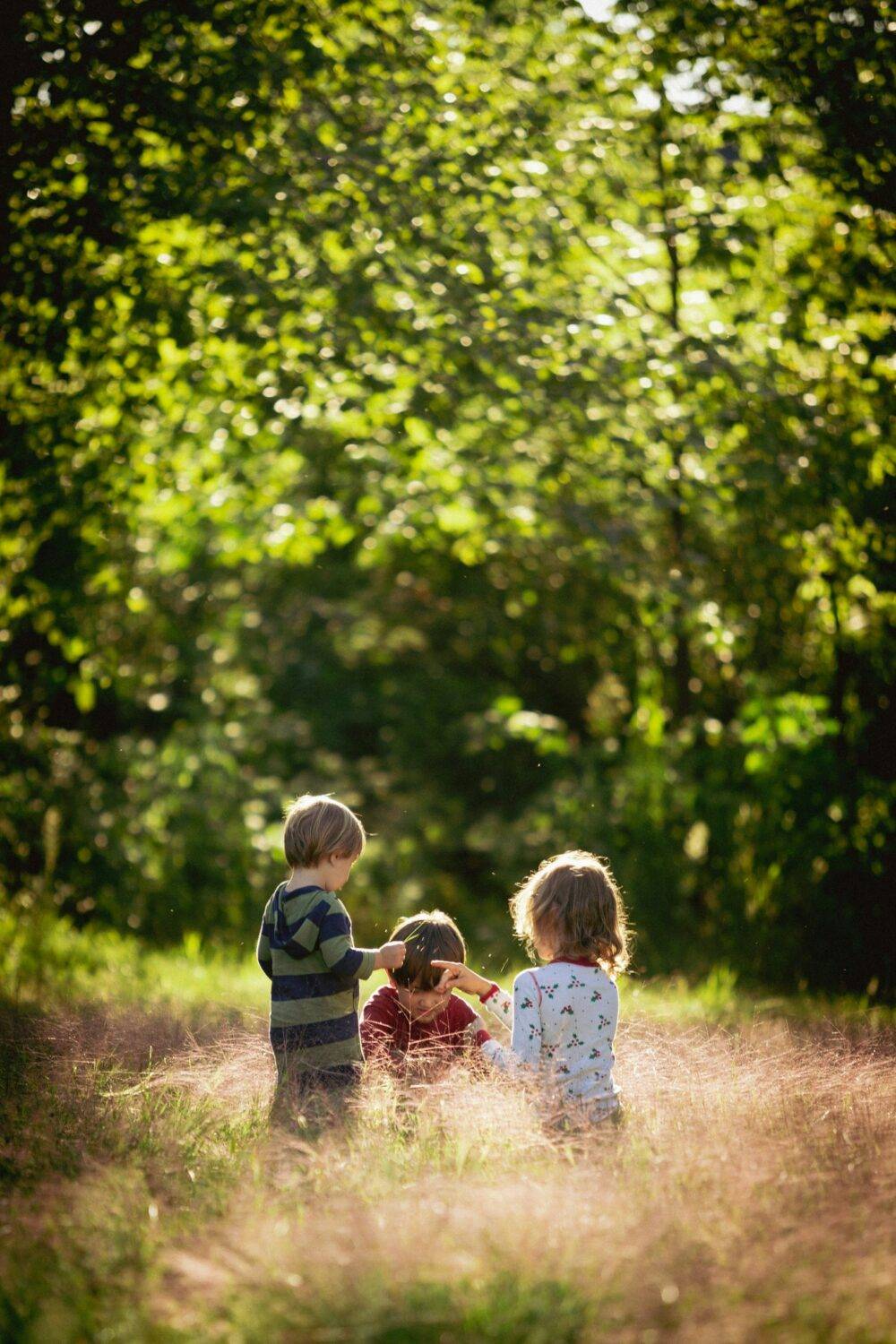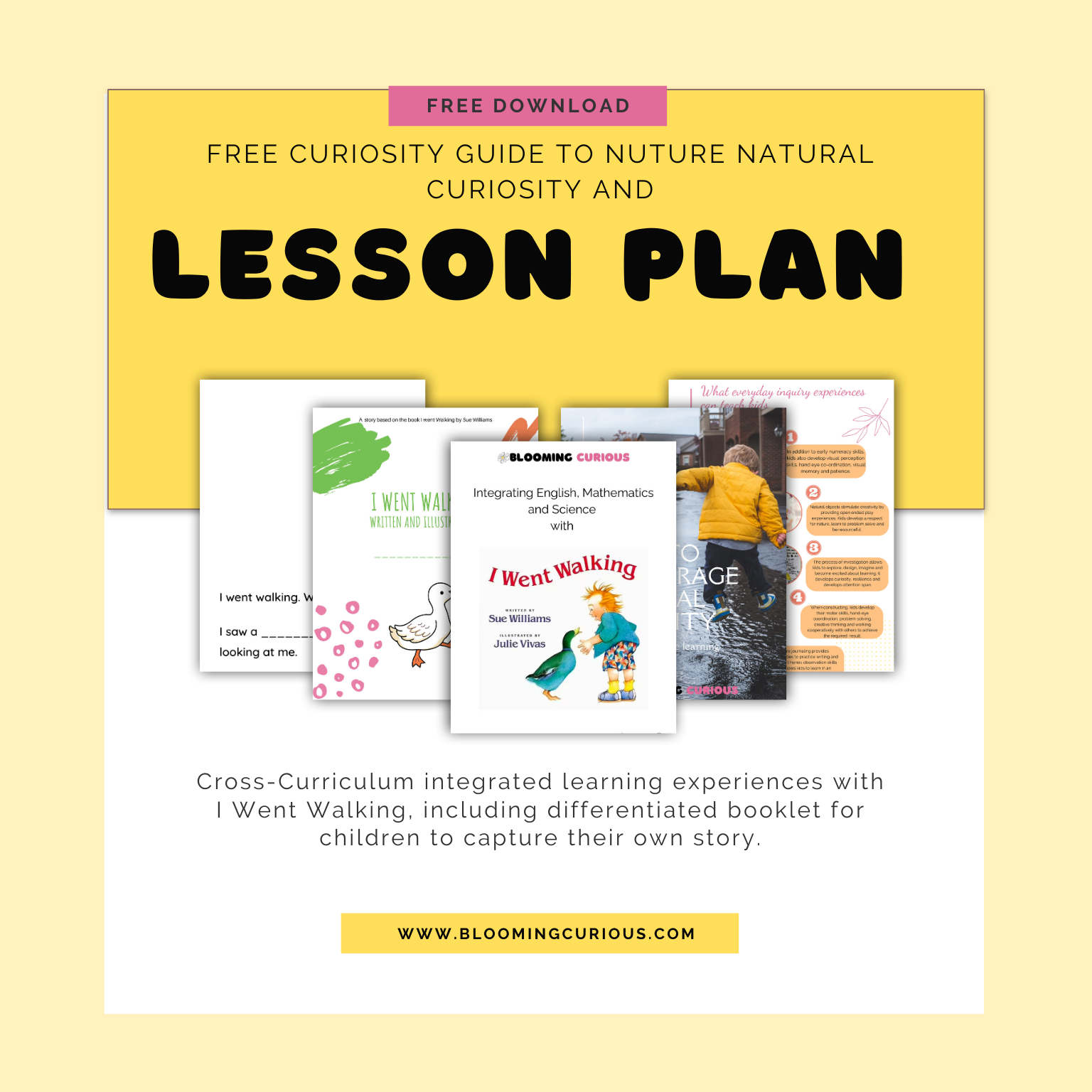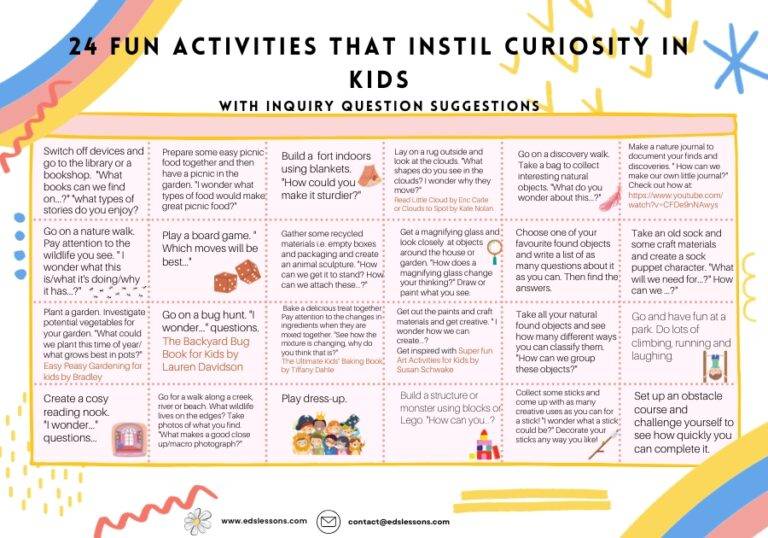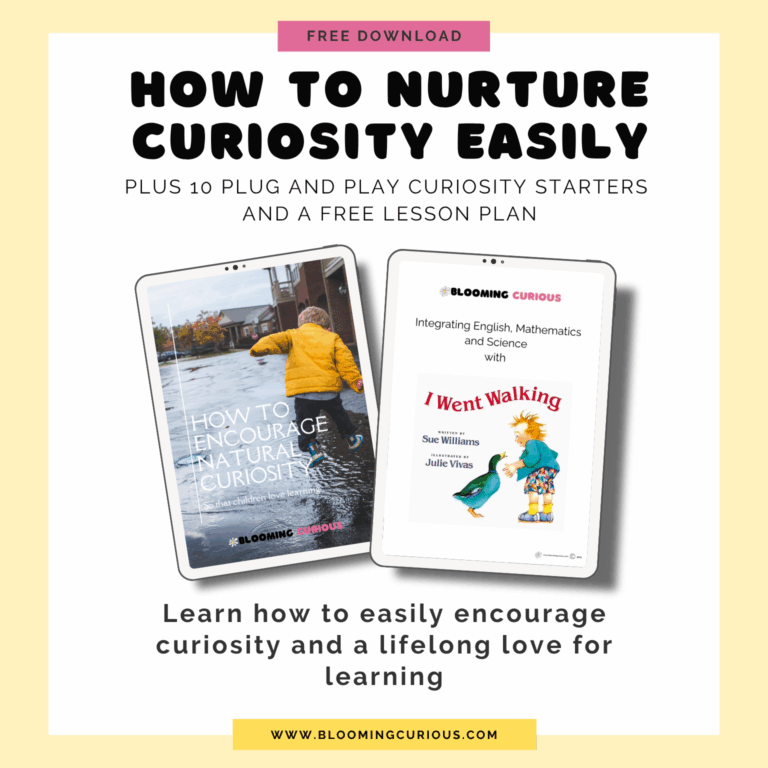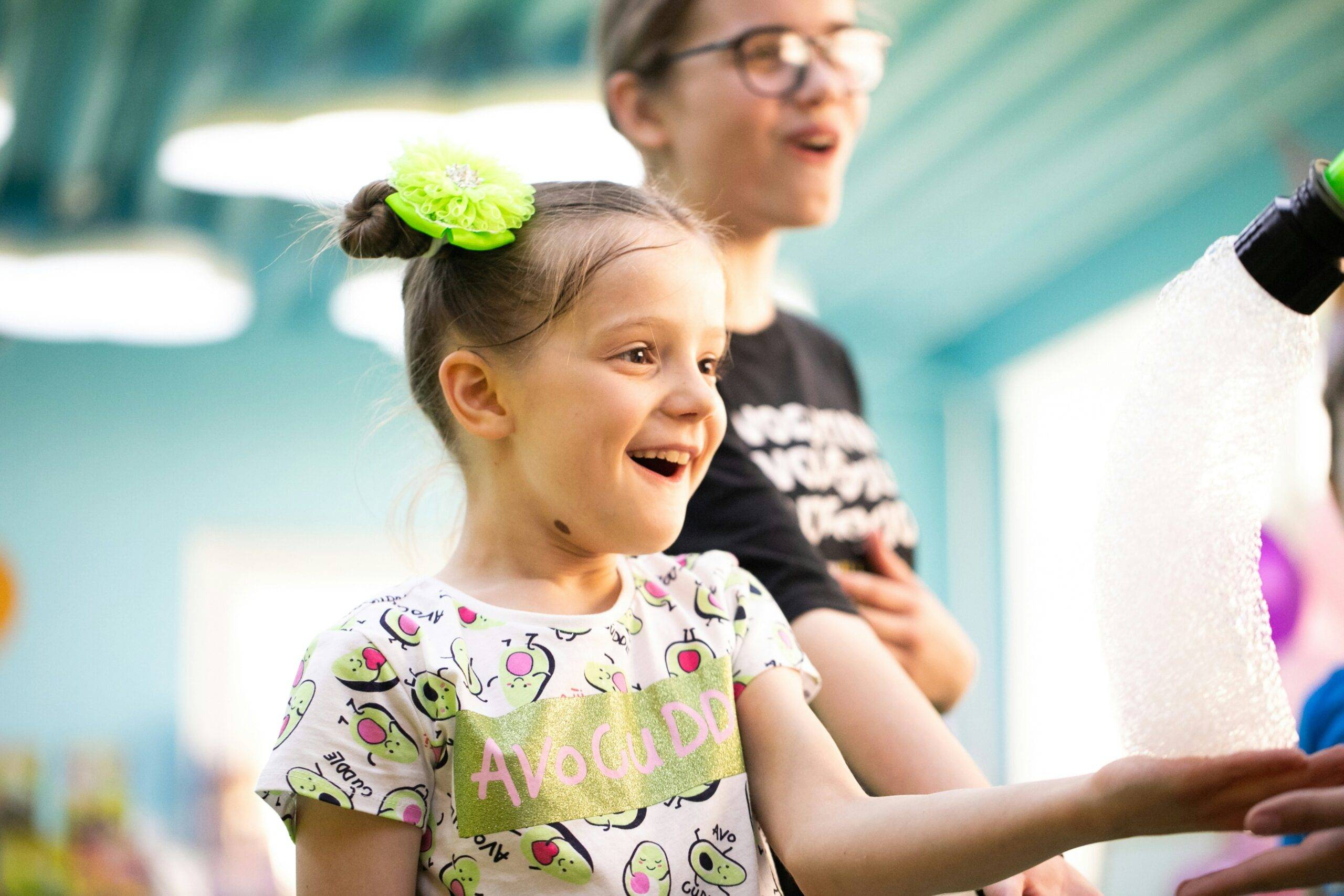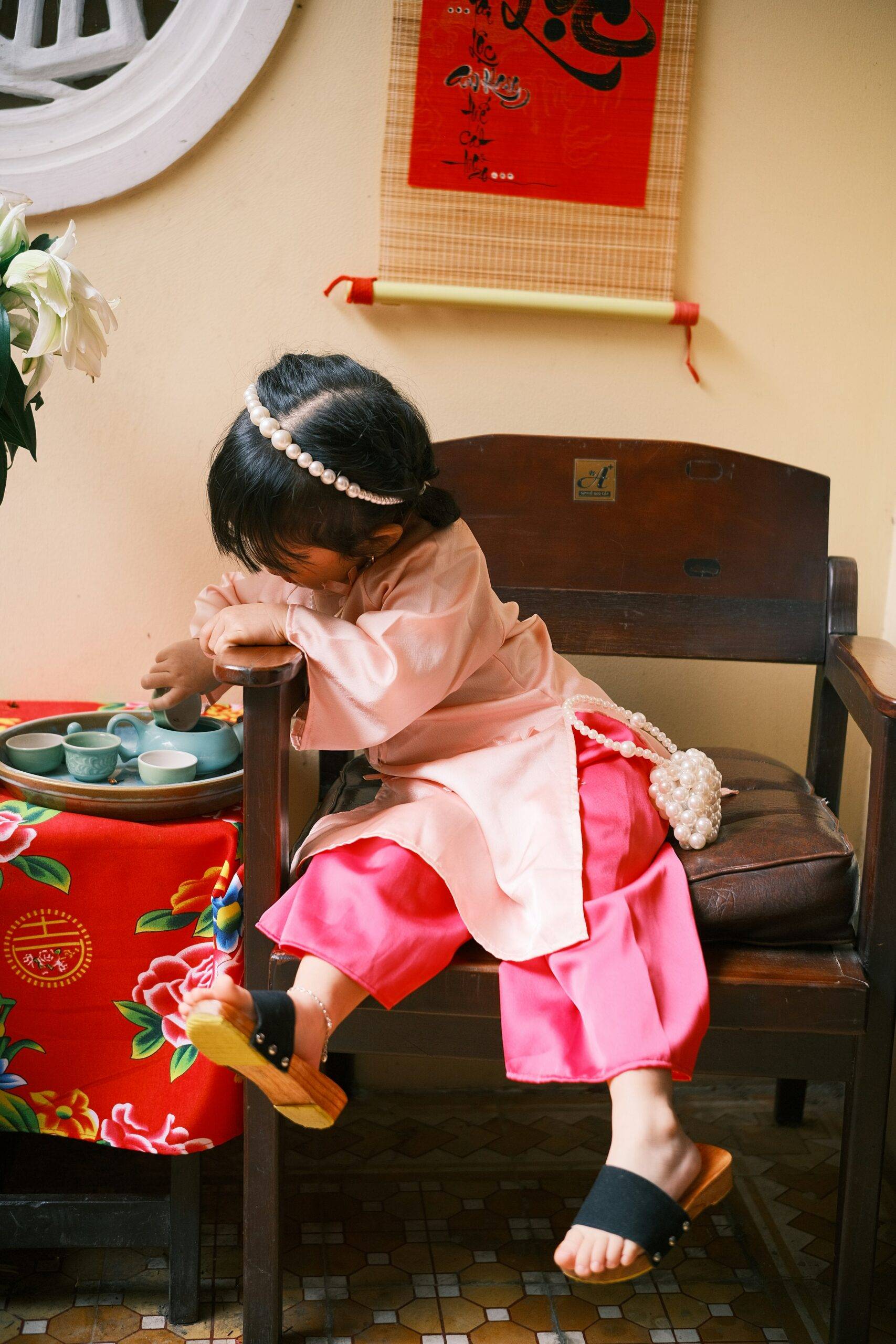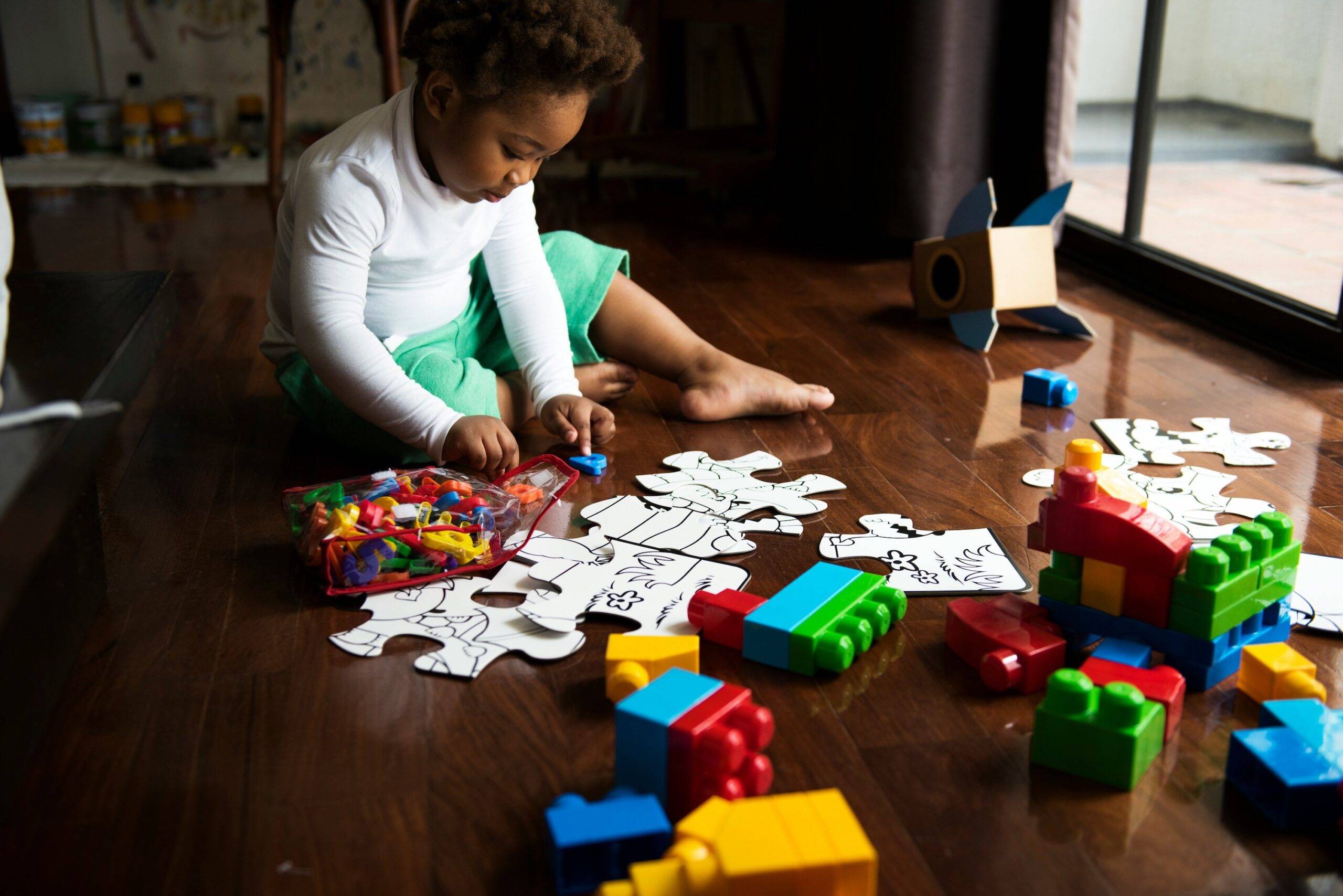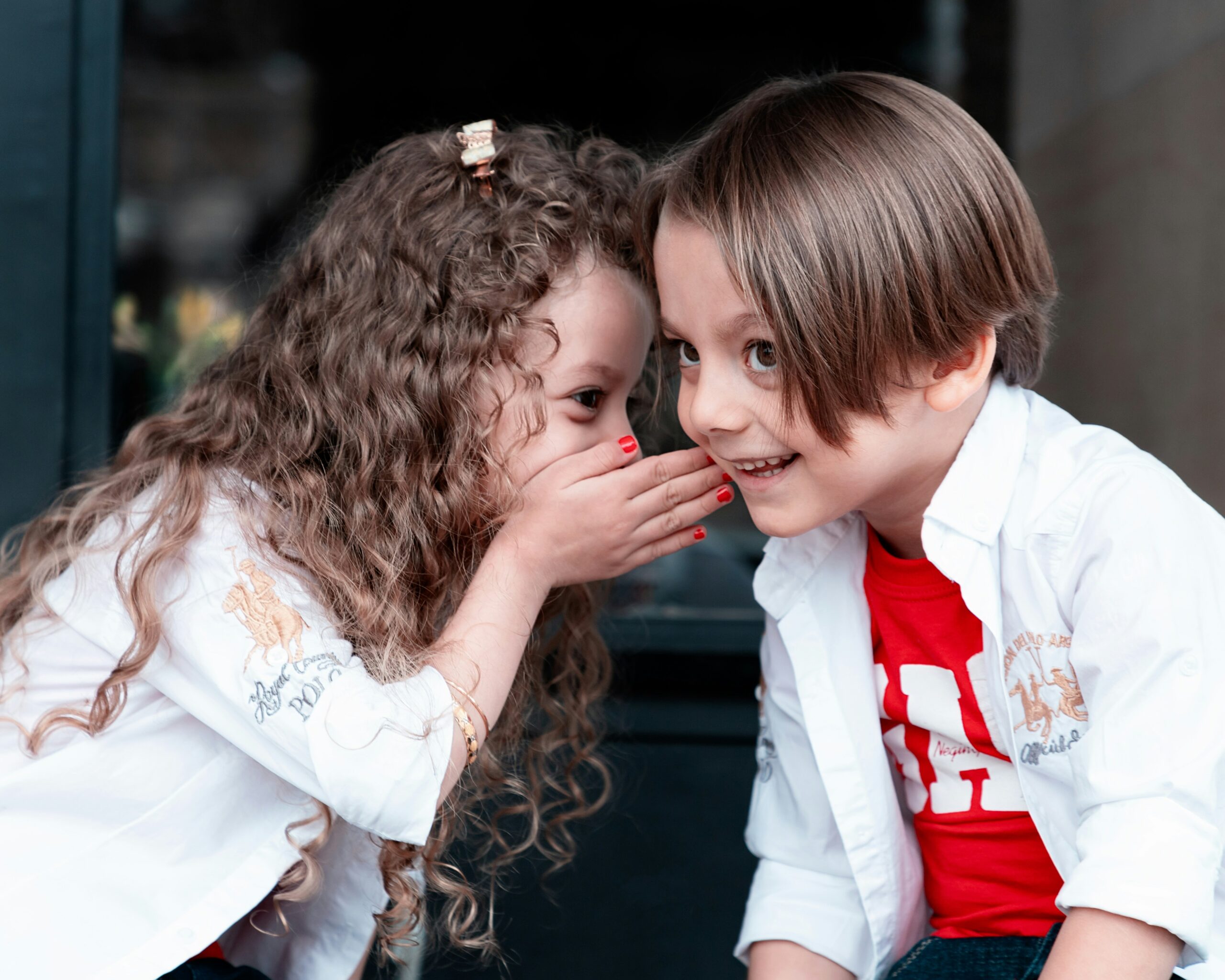Some of the links below may be affiliate links. This means that, at zero cost to you, I will earn an affiliate commission if you click through the link and finalise a purchase. All product recommendations are products that I have used and loved, or products that I would recommend based on experience.
What is nature pedagogy?
Nature Pedagogy is a way of teaching that works with children in ways that embrace nature. This would include the elements you bring inside your classroom, as well as your outdoor environment and even the culture of respecting and working with and in nature that the community take further.
Claire Warden the founder of the Floor Book approach, creator of Auchlone Nature Kindergarten in Scotland, and Nature Pedagogist puts it like this:
“Nature Pedagogy is a way of working with children and creating settings for care and education that embraces nature. It includes the educational environments we create, the process of assessment and planning, and the learning journeys that we encourage children and families to take throughout childhood. Five years after I started using the term, I have refined the definition for Nature Pedagogy through the process of doctoral research. I now define Nature Pedagogy as “the art of being with nature, inside, outside, and beyond.”
Obviously, this pedagogy is focused on getting kids outside and learning outside, because the benefits of being outdoors not only for children’s learning, but also for their healthy social and emotional benefit, is becoming indisputable. Some schools, much like Auchlone Nature Kindergarten, and bush and forest schools, take all or most of their learning outside.
And no, you don’t have to be a hippie to be a nature pedagogist!
What a nature pedagogist does is take the learning that would normally be occurring inside in the classroom, outside. Instead of learning about bugs in the classroom simply using pictures and books, the idea would be to go outdoors and find bugs in their natural environment, observe them there, and participate in the outdoors.
Nature Pedagogy is an approach, and methodology.
Nature pedagogy is also much more than simply moving a table outside and getting kids to complete a task outdoors instead of indoors. Nature pedagogy, much like inquiry, requires an educator to make a change in their pedagogical thinking and in their methodology. It requires an educator to acknowledge and understand the connection to nature that children have and need.
Claire Warden believes that being outside, allows children to develop a love for the natural world, which offers children plenty of opportunities to take physical and emotional risks that are so important for the development, not only of healthy bodies, but also for the development of curiosity. Listen to the conversation I had with Claire in episode 24 of the Blooming Curious podcast.
Adult vs child led approach
The indoor spaces we create for children are mostly adult led and all about adult intent – as educators we set up our spaces to meet curriculum outcomes or to provoke children’s thinking about topics of our intent. We may have natural elements, a fish tank, stick insects, snails, silkworms and plants, which are totally necessary especially when we want children to connect with nature in an indoor environment, but when children are outside and in nature, there is an unpredictability that makes learning exciting. It’s in nature that children stumble upon living creatures, and those encounters are the ones that help us switch curiosity on. With this new passion and excitement that we have cultivated in children outside, we can now take that learning and transfer it indoors to activities there. The indoor environment, no matter how nature centered, can never produce the same effect on children and their learning as the outdoor environment does.
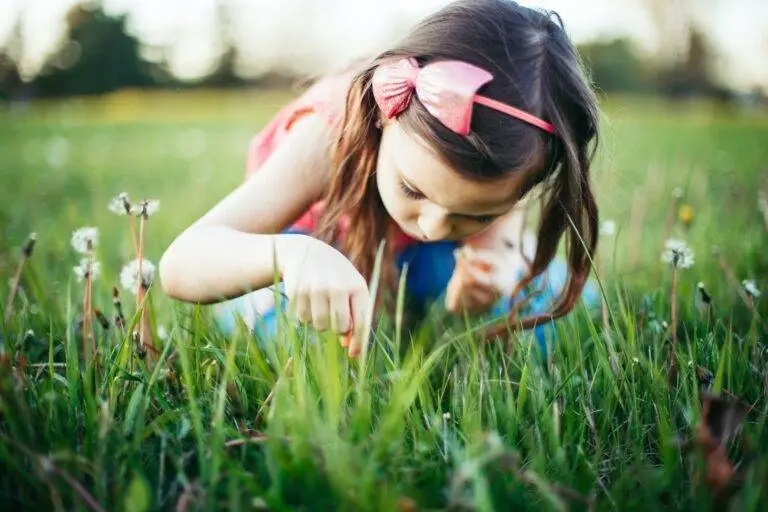
Nature pedagogy in urban environments
How can we as urban educators change our pedagogy and methodology to better provide children with the experiences that they naturally crave?
- As educators our first priority is to ensure that we are modelling curiosity. Become curious and ask questions. It’s ok to say you don’t know, and then together with the child find the answers to the questions.
- Pay attention, observe closely so you can see and pick up on children’s fascinations and turn them into learning opportunities, into lines on inquiry. Check out this post on how to develop children’s curiosity.
- Don’t just stop there! Plan to take learning further. It could be the talking tub or it could be a learning wall. A methodology where you can help children explore further and deepen their learning. Don’t just stop there!
- Look at the four elements of the natural world: fire, earth, water and air and ask yourself how you can bring those elements indoors. How can you replicate those elements indoors and, on your veranda, and outside your door and in your yard? Look to the biophilic design in Reggio Emilia where instead of bright primary colours, you bring in earthy tones into your classroom, as well as baskets and wooden bowls instead of plastic tubs. Create a more natural aesthetic which is more in tune with the natural world. Read this post about creating an inspiring indoor environment.
- Embrace a way of teaching that places the rights of nature and humans in the centre.
- Ask yourself “What if?” Take some risks in order to nurture children’s (and your own) curiosity, and in turn make learning fun, and relevant. Click to learn how to nurture your own curiosity.
- Be brave and allow your creativity and curiosity to flourish. Shut out the negativity and focus on the positive gains for you and your students.
Reconnect with who you are supposed to be
We are all actually part of the natural world, but we have become disconnected from it because of technology, the rat race, a lack of time (created by ourselves, because technology use has taken up much of our time) and a host of other pressures. This disconnect has caused us (and our children) to become increasingly stressed, unfit, overweight, and disconnected from those we love. Nature is the antidote and you don’t have to be a tree hugger to reap the benefits of nature (although that actually does have health benefits)!
Spending time in nature even just for a few minutes every day has a host of positive benefits on our health and our mental wellbeing. Start your day by having your morning coffee outside in the sunshine (without your phone) or just in front of a window. Take your children/ students outside for your morning meeting, sit on the grass and be in the moment, using your five senses to connect with nature. Find small moments in your day to slow down, and become more present. Have your lunch outside in the sun (without your phone) and make time to read or listen to inspirational music or podcasts so that you can once again become the curious, creative being you were always meant to be.
Once again become observant of the world around you, allow it to spark your curiosity so that you in turn can nurture the curiosity of the children you teach and care for.
If you’d like some activities that get kids outside, then download this free 24 Fun Learning Activities for Kids, all designed to get kids curious and away from technology. Read the post here.
Would you like to listen 🎧 to my interview with Claire Warden? Then go here!
And for some great reading to get inspired, and clued up about Nature Pedagogy and getting kids curious, why not invest in one of these great reads?
These are affiliate links which means should you purchase through these links, I will earn a small commission at no extra cost to you.
